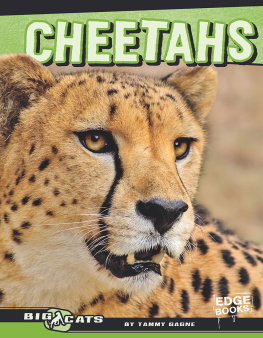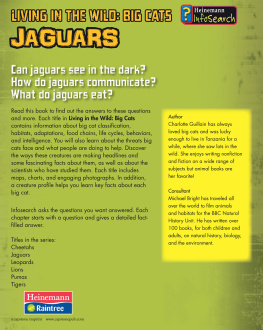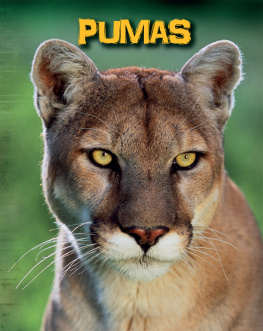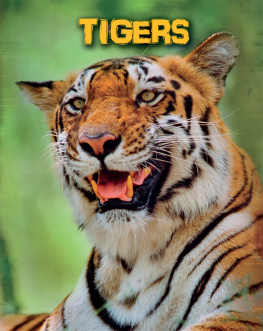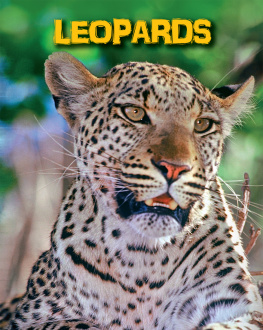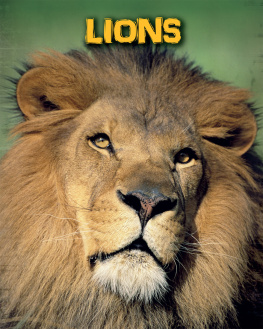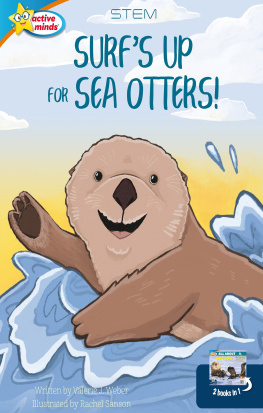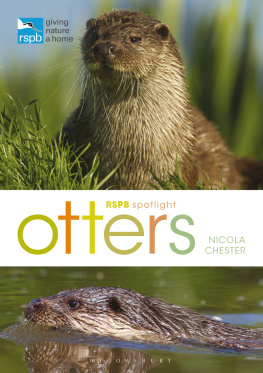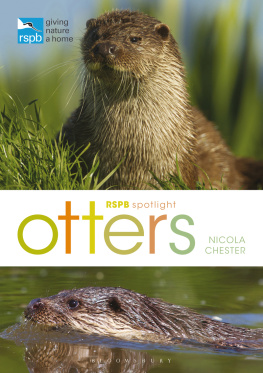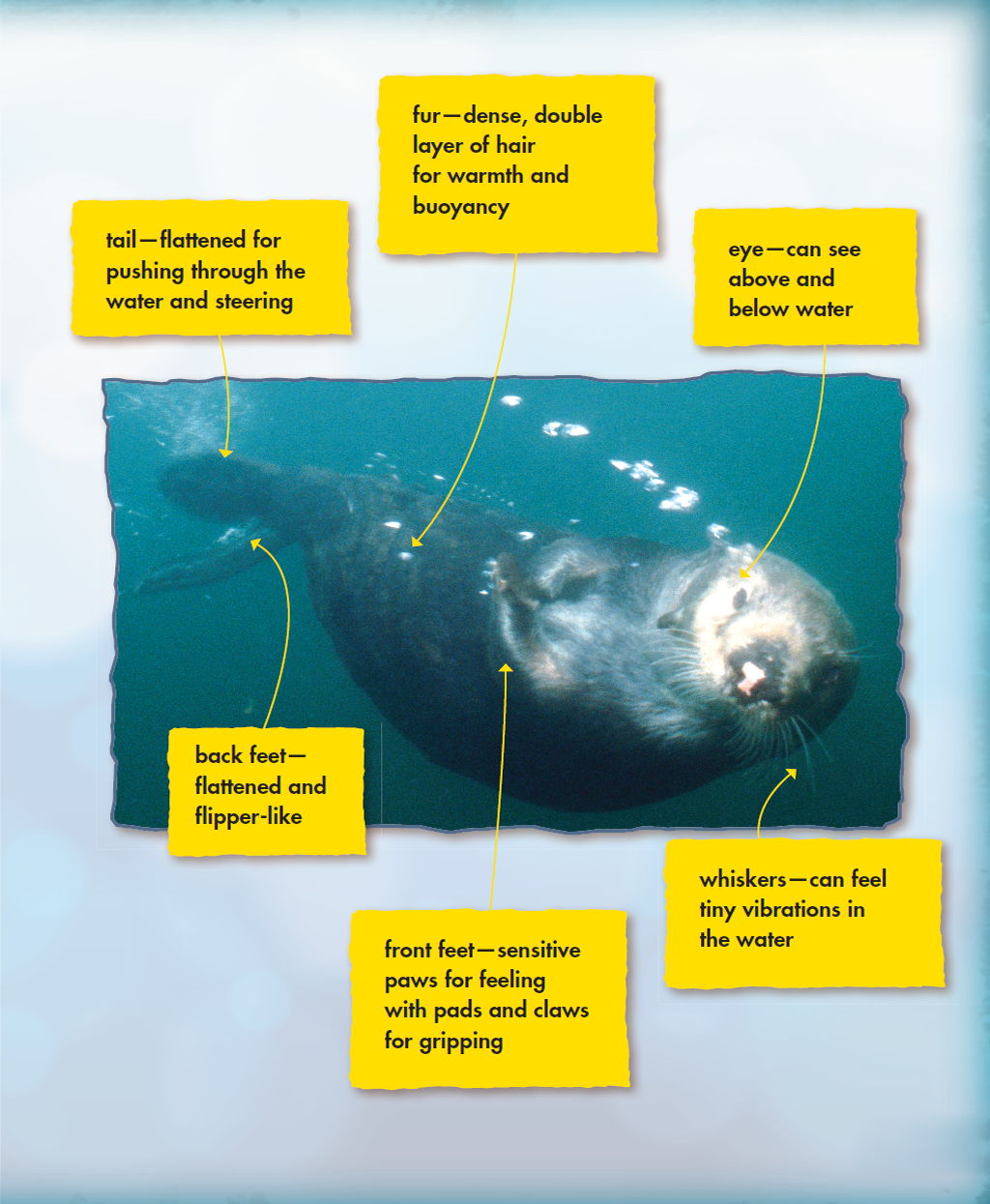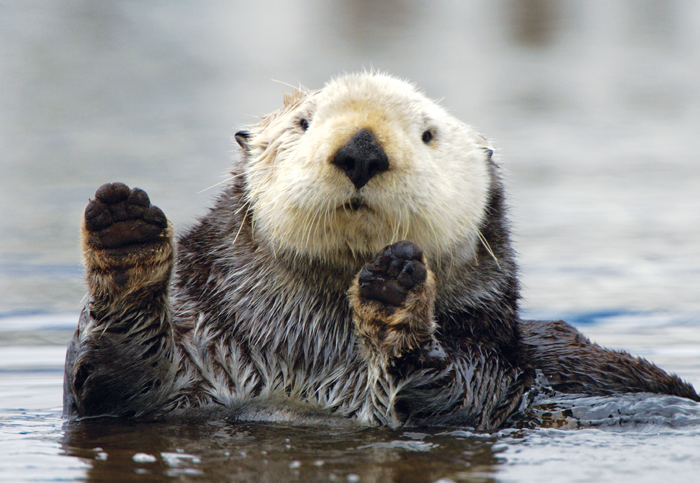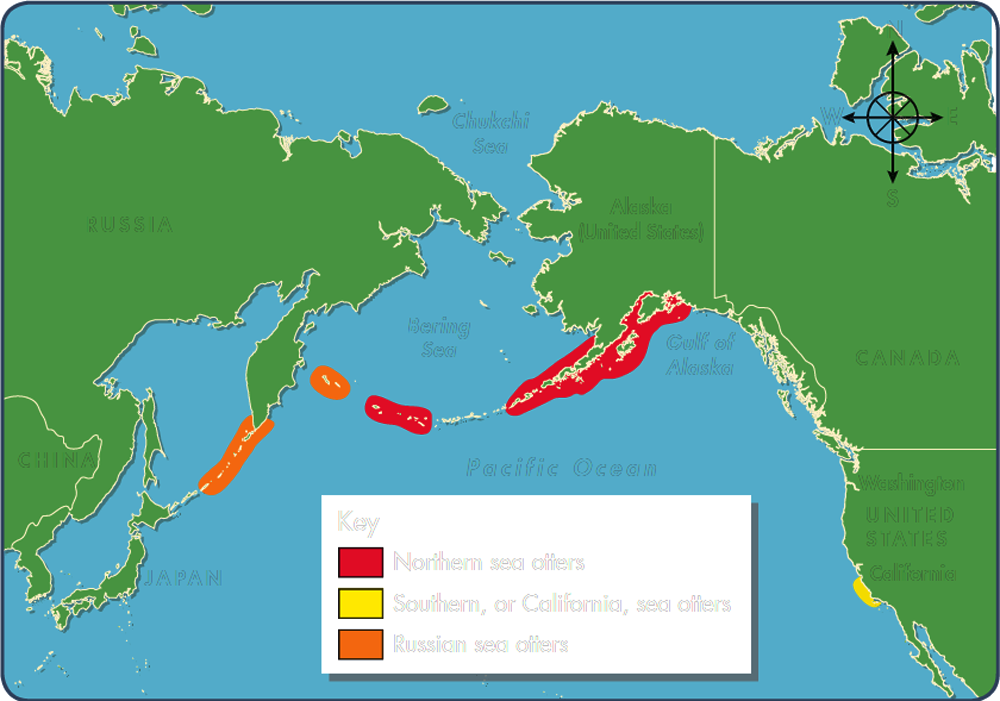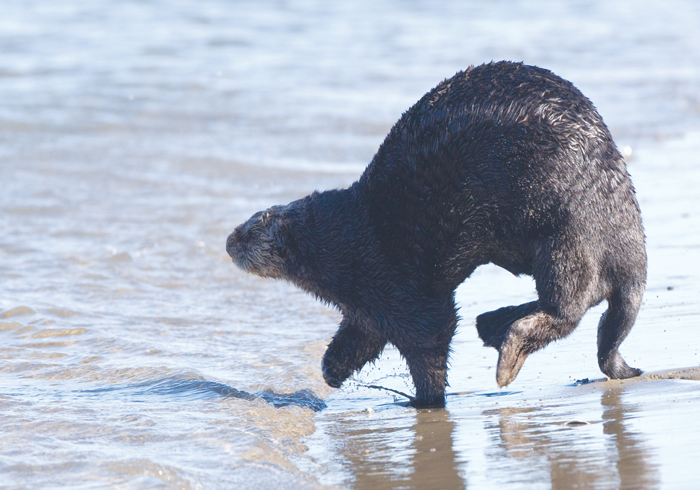Species Profile
Species: Sea otter
Latin name: Enhydra lutris
Length: Up to 65 inches (160 centimeters)
Weight: Up to 90 pounds (40 kilograms)
Habitat: Kelp forests in the ocean
Diet: Invertebrates such as clams, sea urchins, crabs, and snails
Number of young: One infant is born after around six months of pregnancy. Femaleswill give birth about every one to two years.
Life expectancy: Average of 10 to 15 years for males; 15 to 20 years for females
Find Out More
Books
Lockwood, Sophie. Sea Otters (World of Mammals). Chanhassen, Minn.: Childs World,2006.
Slade, Suzanne. What If There Were No Sea Otters? (Food Chain Reactions). Mankato,Minn.: Picture Window Books, 2011.
Stefoff, Rebecca. Sea Mammals (Family Trees). New York: Marshall Cavendish ChildrensBooks, 2009.
Web sites
animals.nationalgeographic.com/animals/mammals/sea-otter
Learn more about sea otters at this National Geographic web site.
www.montereybayaquarium.org/animals/default.aspx?c=dd
Type sea otter into the search engine of the Animal Guide section of this web site to find out more about sea otters and their conservation.
www.seaworld.org/animal-info/info-books/otters/
You will find lots of information about all types of otters on the Seaworld web site.
Organizations to contact
Friends of the Sea Otter
www.seaotters.org
This organization focuses on saving sea otters.
The Otter Project
www.otterproject.org
This organization is actively working to keep sea otters from dying out.
WWF
www.worldwildlife.org
WWF works to protect animals and nature and needs your help! Take a look at its web site and see what you can do.
What Are Sea Mammals?
A dark shape appears below the surface of the sea. A moment later, there is a splash,and then a furry, round head peeks above the water. It is a sea otter, one of themany mammals that live or spend most of their lives in the sea.
Sea mammals are animals that need the sea for food and spend most of their time inor near the sea. Like land mammals, sea mammals give birth to live young, and themothers feed their babies milk. They also have backbones and hair on their bodies,although on many sea mammals, this hair is barely visible.
Sea otters are the smallest sea mammals in the world. They weigh between 35 and 90pounds (16 and 40 kilograms).
Common features
There are around 130 different types, or species , of sea mammal. They have adaptedin different ways to live in the sea. Some, such as whales and dolphins, spend theirwhole lives in the water. Others, such as seals and sea lions, feed in the oceanbut regularly haul out onto land to breed or rest. Like land mammals, all sea mammalsneed to breathe air. They can hold their breath for a longer time as they dive underwaterin search of food, but they always come back to the surface to breathe. They alsohave thick fat (blubber) or fur to stay warm in cold water.
Type of sea mammal
| How do they move? | Where do they live? |
Whales and dolphins
| use tail, fins, and flippers | These sea mammals live in water all the time. |
Manatees and dugongs
| use tail and flippers |
Seals, sea lions, and walruses
| use flippers | These sea mammals spend some of their time in water and some on land. |
Sea otters
| use legs and tail |
Polar bears
| use legs |
Sea otters and polar bears are grouped together because both have paws instead offlippers or fins like other sea mammals.
What Are Sea Otters?
Sea otters are mammals with brown fur, a slender body, short legs, and a long, musculartail. There are 13 species, or types, of otter in the world. Most live mainly infreshwater rivers, but two species almost always live in salty seawater. The marineotter lives along the Pacific coast of South America, partly on the rocky seashoreand partly in the water. The sea otter rarely leaves the ocean and is the only otterspecies to give birth in the water.
Sea otters are only found in the North Pacific Ocean. Around 90 percent of the worldssea otters are Northern sea otters living in the waters around Alaska.
Sea otter evolution
Sea otters probably evolved about 5 to 7 million years ago. Their ancestors may havebeen land mammals that started to hunt in the sea because there was more food therethan along the coast. They may also have wanted to escape animals that hunted themon land. Gradually, these ancient otters developed adaptations that helped them livean ocean life. An adaptation is a feature that allows an animal to live in a particularplace in a particular way. Animals develop adaptations as species evolve over thousandsof years.
GEORG WILHELM STELLER
In 1741, German scientist Georg Wilhelm Steller was shipwrecked on the uninhabited Commander Islands between Alaska and eastern Russia. He realized that no one hadever described or written about the mammals he saw in the waters there. Steller namedthem sea otters.
Sea otters move clumsily on land and rarely come out of the water, unlike other otters,which can move easily on land.
How Are Sea Otters Classified?
Scientists classify living things to identify them and to understand why and howthey live where they do. Classification means grouping living things according tothe characteristics or features they share.
This pyramid shows how the sea otter is classified. The scientific name Enhydra lutris means otter that lives in the water.
Classification groups
A classification triangle shows how a living thing is classified. Each group containsfewer and fewer members. So, there are fewer animals in the class Mammalia (mammals)than in the sub-phylum Vertebrata (animals with backbones), and so on. Sea ottersare in the family Mustelidae, which includes weasel-like carnivores (meat-eaters)with long, slender bodies. Sea otters are the smallest sea mammal, but they are theheaviest animals in the Mustelid family.
Sea otter subspecies
Living things are given a Latin name, such as Enhydra lutris , to avoid confusionif they are known by different common names in different countries. Sometimes livingthings are classified into groups within species because of slight differences betweenthem, such as where they live or their size.






